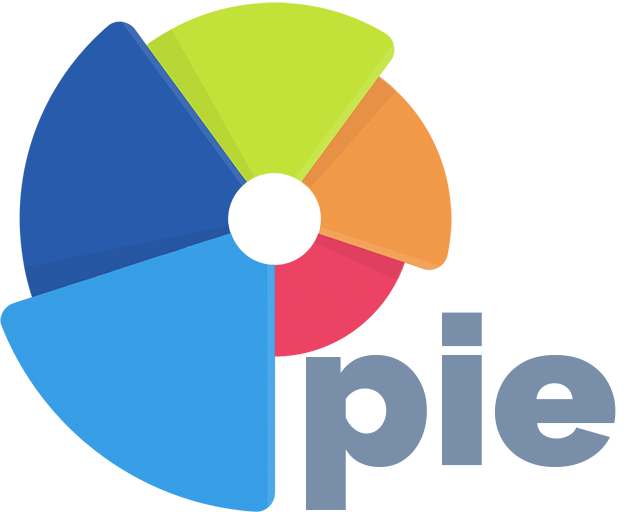Guide to Behavioral Health Credentialing
Explore essential behavioral health credentialing services. This guide explains the credentialing process, key differences in behavioral health credentialing, and best practices for success. Ensure you meet the necessary standards and provide quality care.

As a provider of mental health services, you're an expert in your specialty. But you may not be as familiar with the health insurance company enrollment process. You know you need to act in a timely manner, but you're too busy providing health care to become a credentialing expert, too.
🚨 Planning on handling credentialing by yourself?
Just as you would advise patients to see a specialist, using a professional credentialing service ensures efficiency and accuracy. Handling credentialing yourself can lead to costly mistakes. However, if you want to understand the process or attempt it on your own, read on and explore pie Health's complete guide.
Understanding Behavioral Health Credentialing
Behavioral health credentialing verifies a provider's requirements, including their education, training, experience, and licensure. This process ensures that providers meet the standards required by insurance companies and regulatory bodies.
Key Points:
- Verification of requirements: Credentialing checks your education, training, and experience.
- Licensure and board certifications: Ensures that you hold the necessary licenses and certifications to provide care.
- Insurance requirements: Meeting the standards set by insurance companies allows you to offer covered services.
Key Differences in Behavioral Health Credentialing
Behavioral health credentialing can differ from other types of credentialing in several ways. Here are some key differences:
- Specialized training: Behavioral health providers often need specific training and certifications.
- Different insurance criteria: Insurance companies may have different requirements for behavioral health providers.
- Unique documentation: The documentation required for behavioral health credentialing can be more specialized.
- Medicare and Medicaid: Credentialing for Medicare and Medicaid can have specific requirements and processes that differ from commercial insurance.
Best Practices for Successful Credentialing
Successful credentialing requires attention to detail and adherence to best practices. Here are some tips to help you navigate the process:
- Keep thorough records: Maintain up-to-date records of all your requirements, licenses, and certifications.
- Submit complete applications: Ensure that all credentialing applications are complete and accurate.
- Follow up regularly: Regularly check the status of your applications and follow up with insurance companies as needed.
- Use professional services: Consider using credentialing services that specialize in behavioral health to streamline the process.
The Credentialing Process Step-by-Step
Understanding the steps involved in the credentialing process can help you prepare and navigate it more effectively.
- Use Healthcare Portals: Familiarize yourself with the various healthcare portals you’ll need to use, such as I&A, NPPES, and CAQH.
- Gather documentation: Collect all necessary documents, including licenses, certifications, and proof of training.
- Complete applications: Fill out credentialing applications accurately and thoroughly.
- Application Processing: Ensure you have all necessary documents to speed up the application processing. Incomplete applications can delay the process.
- Submit applications: Submit your applications to the relevant insurance companies and regulatory bodies.
- Verification: Insurance companies and regulatory bodies will verify your credentials.
- Approval: Once verified, you will receive approval to provide services under the insurance plans.
Frequently Asked Questions About Behavioral Health Credentialing
What documentation is required for behavioral health credentialing? You need licenses, certifications, proof of education, and training documentation. Also, include malpractice insurance and any additional information requested by the insurance company.
How long does the credentialing process take? The process usually takes more than 30 days and can go up to 90 days or more. The time depends on how complete your application is and how quickly the insurance companies respond.
Can I see patients before I’m credentialed? No. You should wait until you are fully credentialed. This will help you avoid denials when submitting claims.
Enhancing Practice Management with Integrated Services
Integrating billing and credentialing services can significantly improve practice management. Here’s how:
- Real-Time Updates: Unified systems provide real-time updates on the status of your credentialing applications and submitted claims. This helps you stay informed and proactive.
- Streamlined Customer Service: Having a single point of contact for both billing and credentialing simplifies customer service. It ensures quicker resolutions to any issues that arise.
- Improved Efficiency: Integrated services reduce the need for redundant data entry and minimize errors. This leads to a more efficient and effective practice management system.
The Role of Health Plans in Credentialing and Billing
Health plans play a crucial role in the credentialing and billing process. Understanding their requirements and processes can help streamline your practice.
- Credentialing Requirements: Each health plan has specific credentialing requirements. Learning these can help you prepare your credentialing applications more effectively.
- Billing Policies: Health plans have different billing rules. Your claims will get processed smoothly and quickly if you follow the rules.
- Compliance: Staying compliant with health plan regulations is essential. Regularly review and update your credentials to maintain compliance and avoid any disruptions in your practice.
Key Roles in the Credentialing Process
Understanding who is involved in the credentialing process can help you navigate it more effectively.
- Healthcare Providers: These include doctors, nurse practitioners, and other professionals who need to be credentialed.
- Healthcare Organizations: These entities, such as hospitals and private practices, manage the credentialing for their providers.
- Insurance Companies: These companies verify credentials and approve providers to offer services under their plans.
Conclusion
Behavioral health credentialing services are crucial for ensuring that providers meet necessary standards and can offer high-quality care.
By understanding the credentialing process and following best practices, you can navigate it successfully and focus on delivering quality patient care to your patients.
For more information on how pie Health can assist with your behavioral health credentialing needs, contact us today or download The Complete Guide to Insurance Credentialing and Billing for Mental Health Practices.






Comments ()